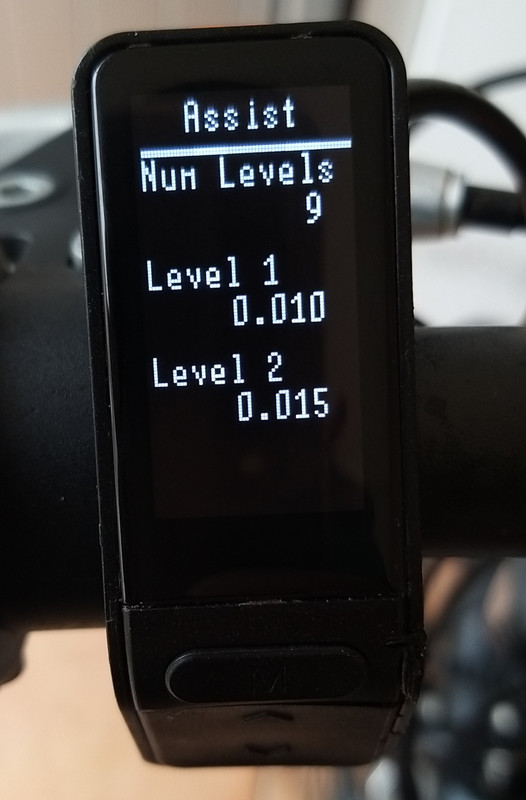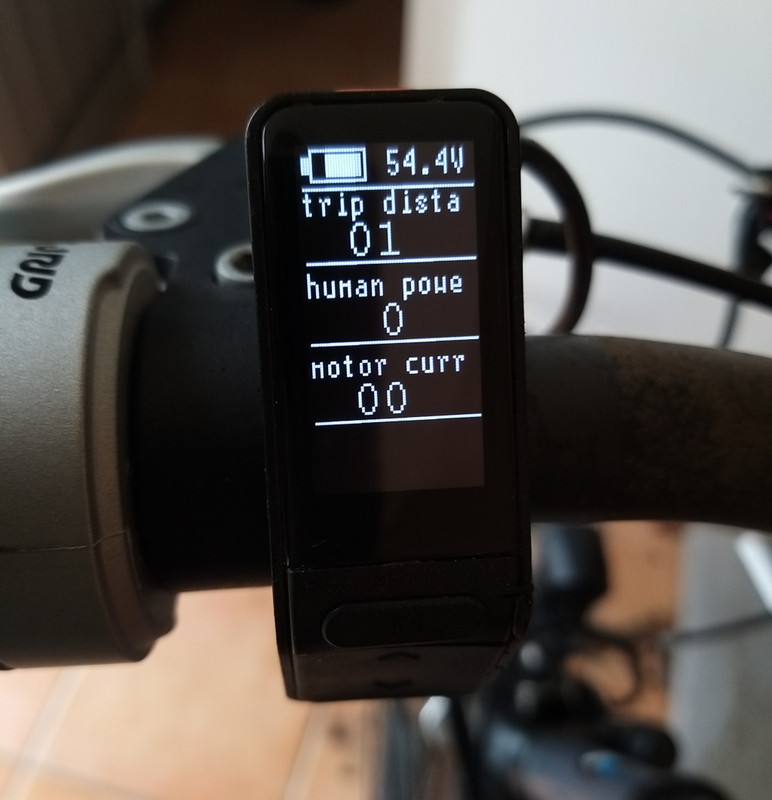Casainho - So finally you showed us the reason why you are doing such cool custom firmware - it is your son with whom you have great fun on bikes 
Unfortunately, it is not possible to mount the front derailleur to this frame, because there is no way to screw it. To install the TSDZ2 I will also have to cut the frame holders on the chain tensioner and think about how to mount another front tensioner ...
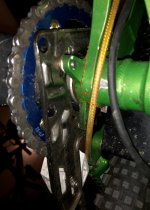
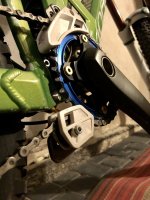
View attachment 3
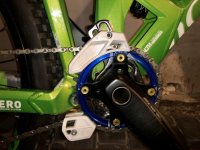
View attachment 1
I ride in the rain like that and try to make everything water resistant. At the moment my wife's Giant is the same like You 40T-11T cassete cheap from Ebay Sunrace
I thought about making a battery permanently in the triangle of the frame + optional to add a water bottle for long routes.
As for overheating, it would be great if the field with the current temperature value appeared on the display, because the graph does not show precisely what the temperature is :-(
In 3 months summer begins for me I can't wait to start traveling with my son on trips
Unfortunately, it is not possible to mount the front derailleur to this frame, because there is no way to screw it. To install the TSDZ2 I will also have to cut the frame holders on the chain tensioner and think about how to mount another front tensioner ...


View attachment 3

View attachment 1
I ride in the rain like that and try to make everything water resistant. At the moment my wife's Giant is the same like You 40T-11T cassete cheap from Ebay Sunrace
I thought about making a battery permanently in the triangle of the frame + optional to add a water bottle for long routes.
As for overheating, it would be great if the field with the current temperature value appeared on the display, because the graph does not show precisely what the temperature is :-(
In 3 months summer begins for me I can't wait to start traveling with my son on trips


